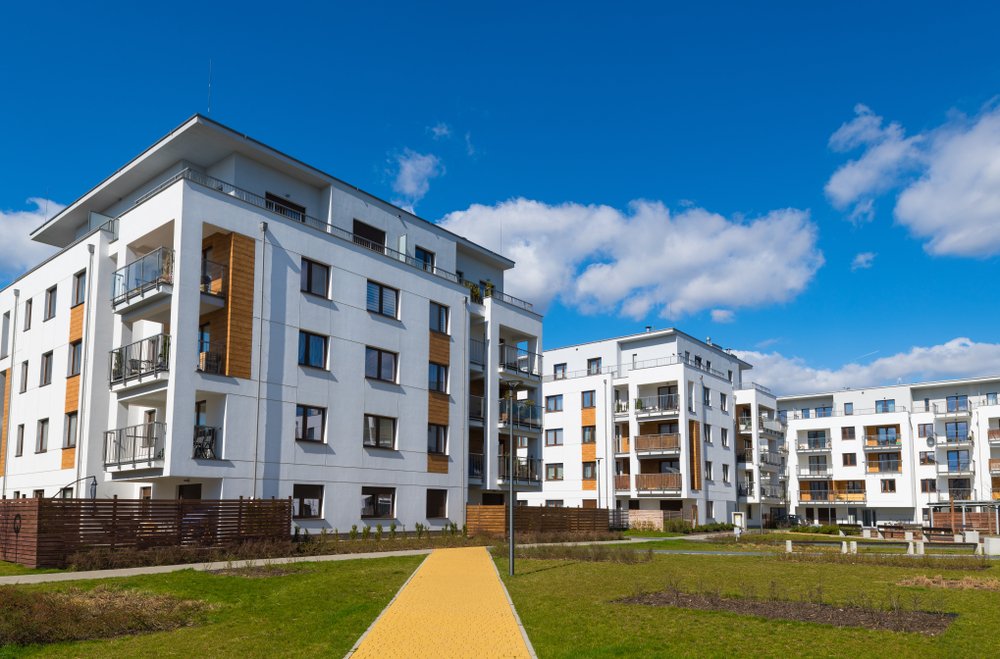Recently a report has been launched to depict an overview of key risks and opportunities in the Pakistani construction sector, as well as critical insight into the effects of industry developments and problems.
The pandemic of Coronavirus (COVID-19) has aggravated the flaws in Pakistan’s building industry, which had already seen contractions in 2018 and 2019. Due to the lockout restrictions imposed to combat the pandemic, the government initially prohibited building activity; however, in mid-April 2020, it permitted the industry to resume operations. Pakistan’s construction industry is forecast to grow by 3% in real terms in 2021, after a 6.2 percent fall in 2019.
Statistics:
Prime Minister Imran Khan unveiled a construction package in April 2020 to promote the construction industry and increase jobs and economic growth. A fixed tax rate for the building sector, a PKR30 billion (US$191.5 million) support for the Naya Pakistan Housing Scheme, a reduction in income tax, and incentives for architects to develop affordable housing are also part of the package. Furthermore, until June 2022, anyone who invest in newly built buildings will not be required to declare their source of income. The new legislation reduces the tax on low-cost housing production under the Naya Pakistan Housing and Development Authority by 90%, lowers the advance tax on land sales from 10% to 5%, eliminates one-time capital benefit tax on houses and apartments, and applies zero withholding tax on all construction materials except steel and cement. According to government figures, 389 projects worth PKR157 billion (US$1 billion) had registered with the government as of early December 2020 to take advantage of the development package’s tax benefits.
Although the publisher expects the construction industry to grow in 2021, the recent increase in COVID-19 cases and resulting tightening of controls to contain outbreaks could pose a short-term danger to the industry’s outlook. The country’s financial difficulties could stifle further growth in the industry’s productivity. The country’s debt-to-GDP ratio rose from 86.1 percent at the end of June 2019 to 87.2 percent at the end of June 2020, according to the Ministry of Finance. The nation, on the other hand, intends to reduce the debt-to-GDP ratio to 78 percent by 2024 by increasing tax mobilisation and cutting spending.
2022 to 2025:
Between 2022 and 2025, construction industry development is projected to increase, with annual growth in the region of 4.8-5.3 percent, aided by investment in China-Pakistan Economic Corridor (CPEC) infrastructure projects. Investing in transportation, energy, housing, telecommunications, and industrial infrastructure programmes would also help to boost growth. The Pakistani government is establishing Special Economic Zones in the country to aid industrialization. In addition, the government plans to construct five million housing units between 2019 and 2023 to resolve the housing crisis. To read more about full insights of the report, click here.











